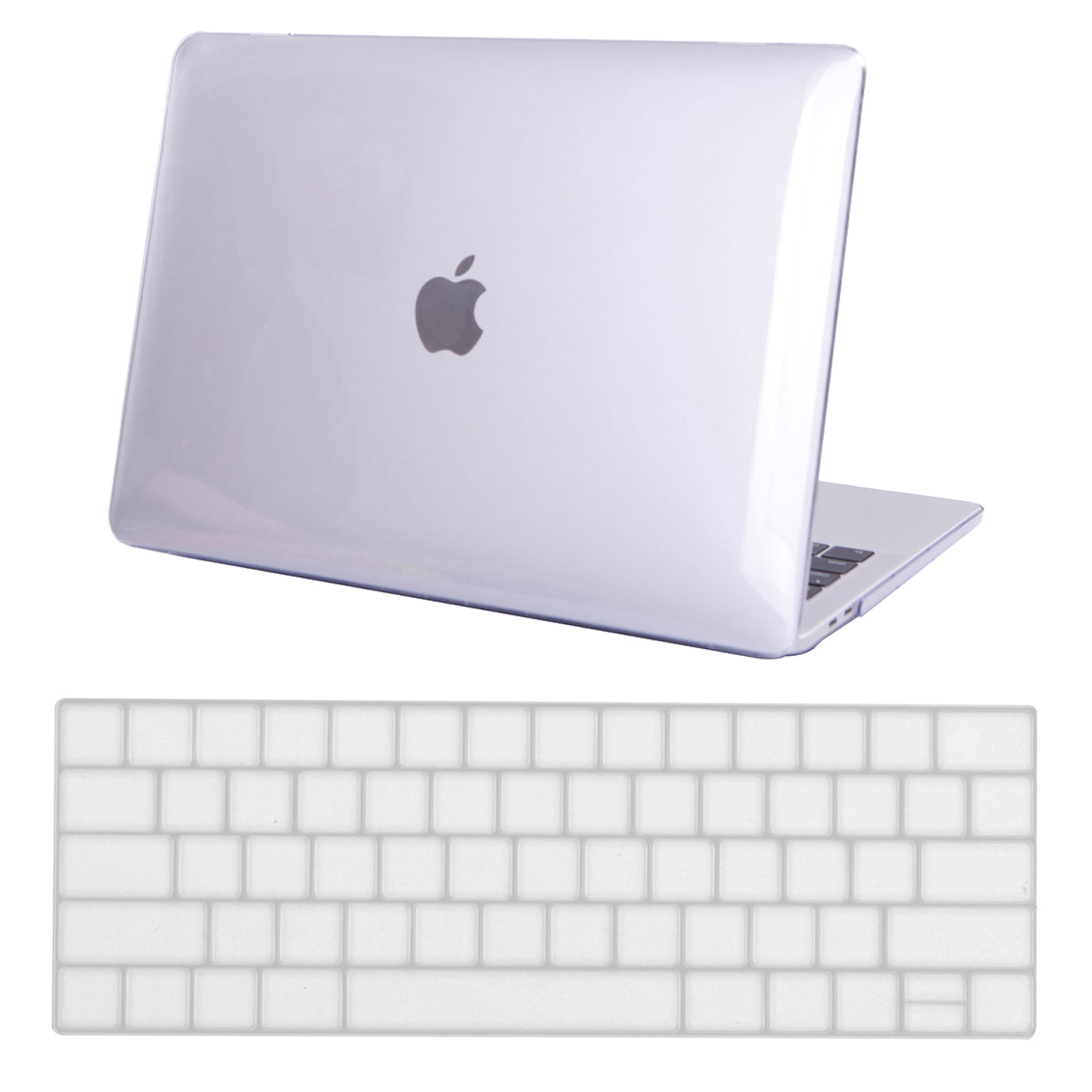
- #2017 MAC PRO MODEL UPGRADE#
- #2017 MAC PRO MODEL PRO#
- #2017 MAC PRO MODEL PROFESSIONAL#
- #2017 MAC PRO MODEL SERIES#
#2017 MAC PRO MODEL PRO#
Limitations of the cylindrical design prevented Apple from upgrading the second-generation Mac Pro with more powerful hardware. Reviews initially were generally positive, with caveats. Thunderbolt 2 ports brought updated wired connectivity and support for six Thunderbolt Displays.
#2017 MAC PRO MODEL SERIES#
It had up to a 12-core Xeon E5 processor, dual AMD FirePro D series GPUs, PCIe-based flash storage, and an HDMI port. Apple said it offered twice the overall performance of the first generation while taking up less than one-eighth the volume. In December 2013, Apple released the second-generation Mac Pro with a cylindrical design. Revisions in 20 revisions had Nehalem/ Westmere architecture Intel Xeon processors. It was replaced on April 4, 2007, by a dual quad-core Xeon Clovertown model, then on January 8, 2008, by a dual quad-core Xeon Harpertown model. Introduced in August 2006, the first-generation Mac Pro had two dual-core Xeon Woodcrest processors and a rectangular tower case carried over from the Power Mac G5. It is one of four desktop computers in the current Macintosh lineup, sitting above the Mac Mini, iMac and Mac Studio. The Mac Pro, by some performance benchmarks, is the most powerful computer that Apple offers. Mac Pro is a series of workstations and servers for professionals that are designed, developed and marketed by Apple Inc. Intel Xeon-W Cascade Lake (current release) December 10, 2019 2 years ago ( ) (Third generation).December 19, 2013 8 years ago ( ) (Second generation).August 7, 2006 16 years ago ( ) (First generation).Apple had to say something, but pros will still have to wait a little longer for a redesign. Remaining silent for another year or more would be untenable, as it would risk that those users would defect to another platform.
#2017 MAC PRO MODEL PROFESSIONAL#
Apple probably feels like it has no choice, though, as it's been backed into a corner with criticisms from professional customers that feel like they're being abandoned.

It will be a rather long wait for a new product in a mature category. That's why the announcement of an upcoming Mac Pro that won't be launched until next year (or later) is unique. The common thread there is that those were both entries into then-new product categories, so pre-announcing had greater potential to hurt competitors than Apple itself. I can only think of two notable examples: The iPhone was pre-announced six months prior to launch in 2007, and the Apple Watch was pre-announced by a comparable amount of time in fall 2014 ahead of the spring 2015 launch. Why Apple had to speak outĪpple pre-announcing a product is almost unheard of, as it's often aiming to avoid the infamous Osborne effect that led to Osborne Computer's failure in the 1980s. The company has sold $23.3 billion worth of Macs over the past year. The iMac is also due for an upgrade, although it's in less dire need than the Mac Pro Schiller says an iMac spec bump is slated for "this year." Interestingly, Apple executives said a new professional display is also in the works, despite prior comments that Apple was exiting the stand-alone display market and instead partnering with other companies.Īpple noted that about 20% of Mac sales are still desktops, which is a higher proportion than most would think. Meanwhile, the iMac is starting to serve a meaningful chunk of Apple's professional customers, considering the "consumer" desktop's current capabilities. Schiller's famous line from the 2013 unveiling, "Can't innovate anymore, my ," is now coming back to bite him in precisely that spot. And for that, we're sorry to disappoint customers who wanted that, and we've asked the team to go and rearchitect and design something great for the future that those Mac Pro customers who want more expandability, more upgradability in the future.
#2017 MAC PRO MODEL UPGRADE#
The current Mac Pro, as we've said a few times, was constrained thermally and it restricted our ability to upgrade it. According to John Gruber, Marketing Chief Phil Schiller then uttered the S-word:

The problem was that the current design had thermal limitations that couldn't accommodate a more powerful GPU. Apple designed the system with dual GPUs, while creative professionals have been shifting toward a single, larger and more powerful GPU. The most recent and prominent apology was the Apple Maps fiasco from five years ago that contributed to Scott Forstall's ouster, in part because he reportedly refused to apologize CEO Tim Cook had to apologize on Apple's behalf instead.įor the Mac Pro, Apple is implicitly admitting that its design - the sleek black jet engine - was flawed. "We're sorry"Īpple doesn't apologize often.


 0 kommentar(er)
0 kommentar(er)
